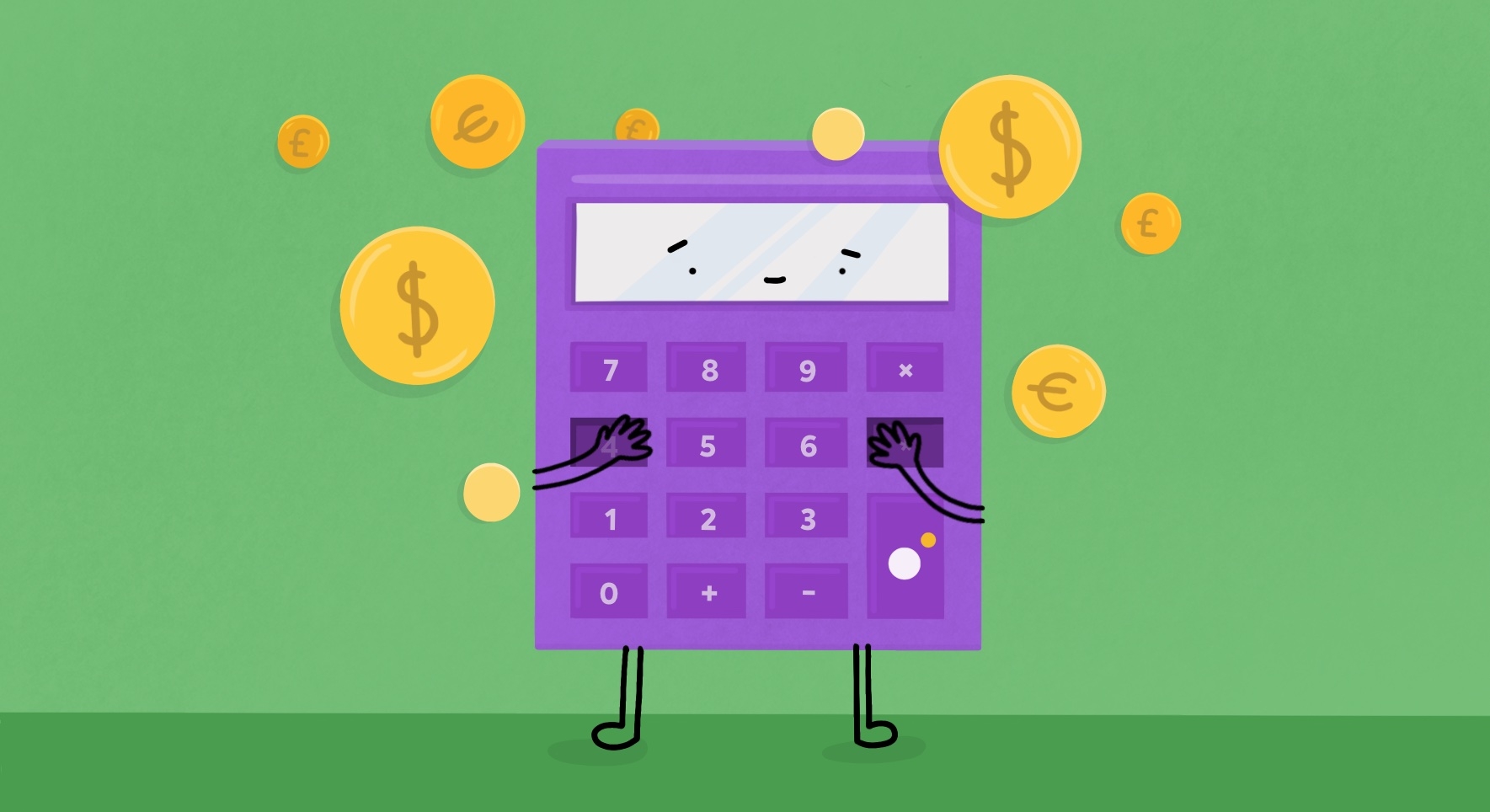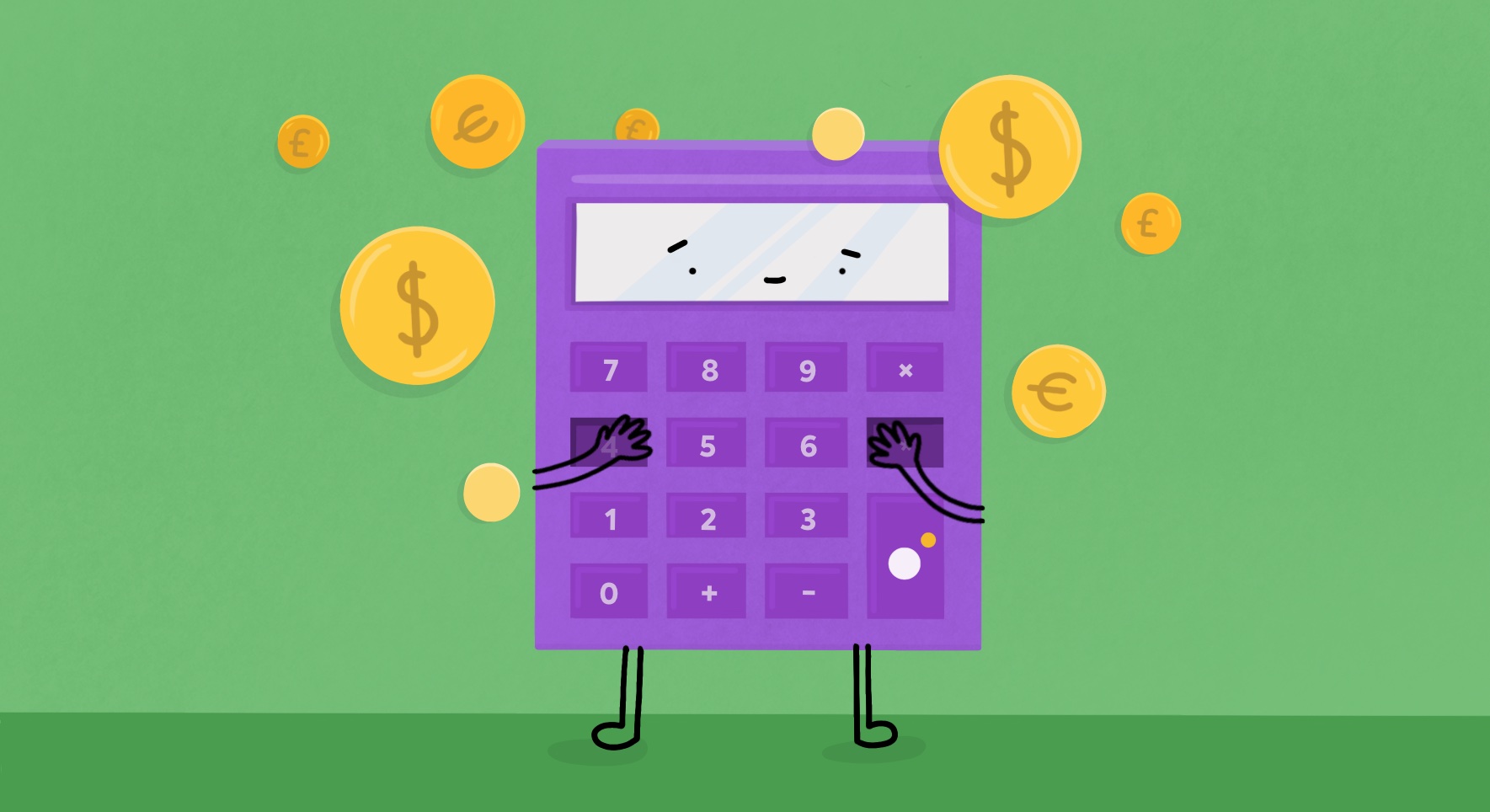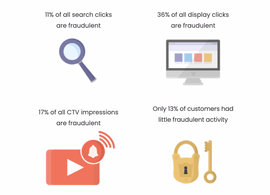Cost per impression and the more commonly used cost per mille (CPM) are metrics that allow marketers and advertisers to track the effectiveness and efficiency of their display ad campaigns.
Digital display ads are becoming increasingly important for businesses of all types, with 88 percent of Americans using the internet to make purchasing decisions. So it’s important to understand the unique pros and cons offered by the CPM payment model before integrating it into your strategy. So in this article, we’ll cover:
- What cost per impression and CPM actually are
- How to calculate CPM and cost per impression (w/ formulas)
- Why Google offers a “viewable” CPM model
- How CPM compares to cost per click (CPC)
- When you should run a CPM ad campaign
- How to maximise the effectiveness of each ad impression
What is Cost Per Impression & Cost Per Mille (CPM)?
Cost per impression represents the amount of money you spent to display your ad to a single person online. Even if they didn’t pay attention to it, if your ad appeared on their screen you’ll still be charged a very small fee.
In this article, we’re focusing on cost per impression in the context of digital advertising, but it’s worth mentioning it’s also used in other sectors like publishing, TV advertising, and physical display advertising (e.g. billboards).
Because the cost of a single impression is so low, most advertisers tend to focus on cost per mille (CPM) instead. CPM is how much it costs to put your ad in front of 1,000 people.
And if you’re wondering, mille means one thousand in Latin (why marketers are still using Latin, we’ll never know).
What is Viewable CPM (vCPM)?
Viewable CPM (vCPM) stands for cost per thousand viewable impressions. It’s a proprietary metric created by Google intended to reassure advertisers they’re only spending money on ads that customers can actually see (i.e. that are viewable). But what actually counts as viewable?
According to Google, an “viewable” impression counts as 50% of your ad being visible on the user’s screen for one second or more. It might seem like a bit of stretch to determine that as being genuinely visible, but this is how Google charges for impressions on their Display Network. And they’re unlikely to change that any time soon.
When it comes to video display ads, Google uses different standards to track viewable impressions. At least 2 seconds of your video needs to play to count as an impression. Again, this is a rather loose definition of a true impression, but it’s how the system works.
With a standard CPM model you pay for every single ad placement, but with vCPM you only pay for those ads that are “visible” to the customer. In theory, that means using a vCPM payment model should deliver a better return on ad spend (ROAS).
How to Calculate Cost Per Impression
Now we’ve defined terms, let’s get down to brass tax. How can you calculate the cost of an individual impression?
All you need is 2 values. Divide the total cost of your campaign by the total amount of impressions you got.
Campaign Ad Spend ÷ Impressions = Cost Per Impression
To give you a concrete example, if you spent £500 on your display campaign and you made 250,000 impressions, the calculation would be:
500 ÷ 250,000 = 0.002
In this instance, you would have been spending just £0.002 to make a single impression.
And this is why so few advertisers actually use cost per impression. It would be tedious to track your spending at this level of granularity. So let’s look at the more useful aggregated CPM metric instead.
How to Calculate CPM
The CPM formula is very similar to the one above. You just need to multiply the calculation by 1000:
(Ad spend ÷ Impressions) x 1000 = CPM
Slotting in the values from the previous example, we’d get:
(500 ÷ 250,000) x 1000 = 2
In other words, 1000 impressions costs £2.
According to DashThis the average CPM for a Google display ad campaign is £2.58.
Tracking your spending at this level is much more useful. If you find your CPM is around £4 or more, then it’s probably time to look at what you can do to improve the efficiency of your ad campaign (more on that later).
Calculating Cost Per Click for Display Ads
With CPM you pay for the number of times an ad is viewed. But with a cost per click (CPC) model you pay for the number of times someone clicks on the ad.
The average CPC for eCommerce brands running Google Search ads is £0.96.
But if your display ad has a relatively high click through rate of 1% or more, you’ll likely be able to secure visits to your website for much less than £0.96. Let’s look at an example:
If 1% of the 250,000 people you reached with your CPM ad clicked through to your website, that equates to 2,500 visitors. All you need to do then is follow this simple equation:
Total Spend / Total Click Throughs = Cost Per Click on a Display Campaign
So in this example, we’d have paid:
500 / 2500 = £0.20 per click
That’s a massive improvement on the average CPC of £0.96 outlined above. Meaning you can drive much more traffic to your website for considerably less money.
CPM vs CPC: Conversion Rates
Before you abandon your CPC search campaigns in favour of CPM display campaigns, it’s important to remember two things. Firstly, in the example above we’ve assumed a click through rate of 1%. If your display ad isn’t performing as well as that (and many don’t) then you’ll be paying much more for every click through.
Second, conversion rates from traffic that lands on your website via CPM ads are much lower compared to CPC search ads. On average, CPC ads have a conversion rate of 4.2%, while traffic from CPM ads usually converts at 0.55%.
That’s a massive difference. So if your primary goal is to get as many site visitors as possible to buy your product or fill out a form and become a lead, CPC ads are the best option.
When Should You Use CPM Ads?
So if they don’t convert well, when should you use CPM ads?
As they allow you to put your ad in front of lots of people for very little money, CPM ads work best when you’re attempting to maximise brand awareness and exposure.
For example, if you’re running a big sale or you’ve just launched a brand new product, CPM ads allow you to get the word out to a very large audience in a short space of time.
This is definitely useful in many scenarios. But if you’re working with a very limited budget and you need to focus 100% of your marketing budget on driving sales, CPC ads offer a better ROI.
However most businesses have more financial flexibility than this, and CPM and CPC ads work well when paired together. CPM ads maximise your brand visibility and make sure you’re front-of-mind within the audiences you’re targeting. As a result, CPC ads can capitalise on that increased market visibility by capturing demand from those who are ready to make a purchase.
To summarise, it makes sense to use CPM ads when:
- You’ve got a display ad campaign with a click through rate of 1% or more
- Your want to maximise brand awareness and exposure
- You’re not exclusively focused on converting visitors to sales and leads
Blocking Fake CPM Ad Engagements
Fake ad engagements are a major problem that plague CPM campaigns.
You’re charged for every impression, but a significant proportion of them will undoubtedly come from bots rather than legitimate human users. These fake impressions and click throughs are completely worthless because they’ll never convert. And as a result, they routinely waste huge amounts of ad spend across all industries.
The Lunio Global Click Fraud Report found that on average 11% of CPC search ad clicks are fraudulent. But the worst affected ad format by far was CPM display ads. More than a third (36%) of display ad clicks were found to be fraudulent or invalid.
Because of the incentive of revenue share from every click through, many fraud rings and criminal gangs spend a considerable amount of time defrauding advertisers via bot traffic sent to fake and low-quality websites with little to no genuine human traffic.
This level of fraud on Google’s Display Network affects almost every advertiser in some way. From our first-hand client data included in the report, 87% of customers experienced a significant level of fraud in their account over the past 12 months, while only 13% of advertisers experienced little to no fraudulent activity on their CPM campaigns.
So we built Lunio to eliminate the problem at the source. Lunio analyses every click on your paid ads across all networks (including Google, Meta, LinkedIn, TikTok and more) to generate dynamic cross-platform exclusion audiences to protect your CPM campaigns from fake click throughs, traffic, and spam leads – instantly boosting overall campaign efficiency.
Want to save up to 20% on ad spend and ensure your CPM campaigns are advertising to humans rather than bots?
Get a demo and free trial to test-drive Lunio with zero risk.
Perfect Bid Management
Discover our 14-day trial to target genuine users and optimise your bid management strategies.








